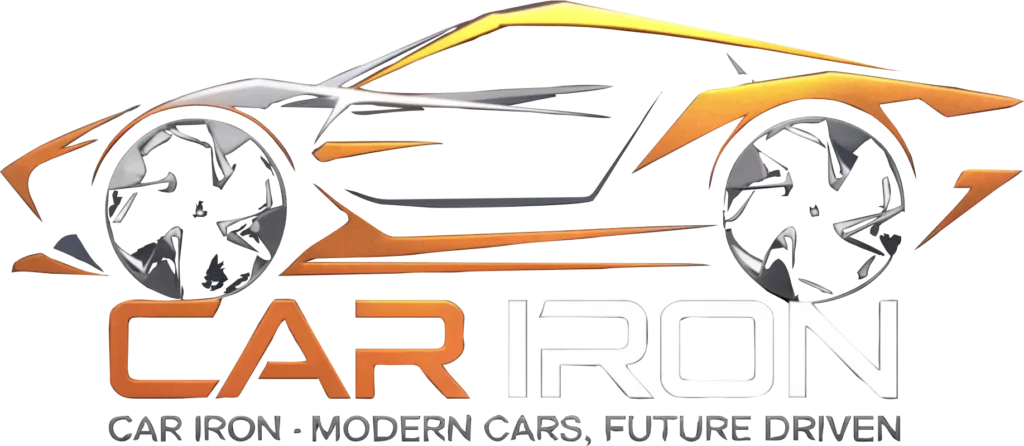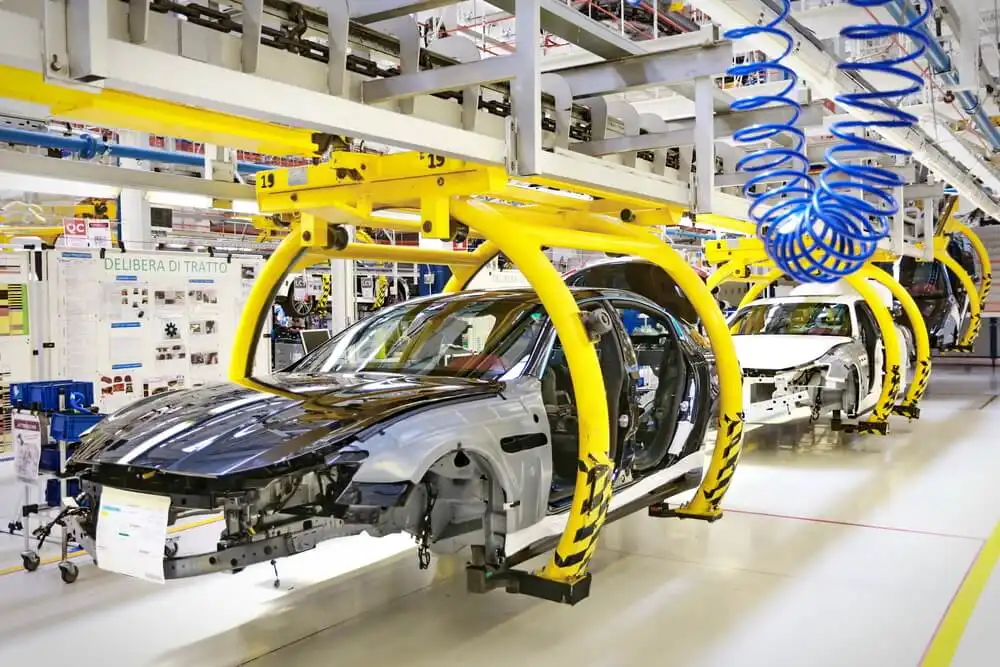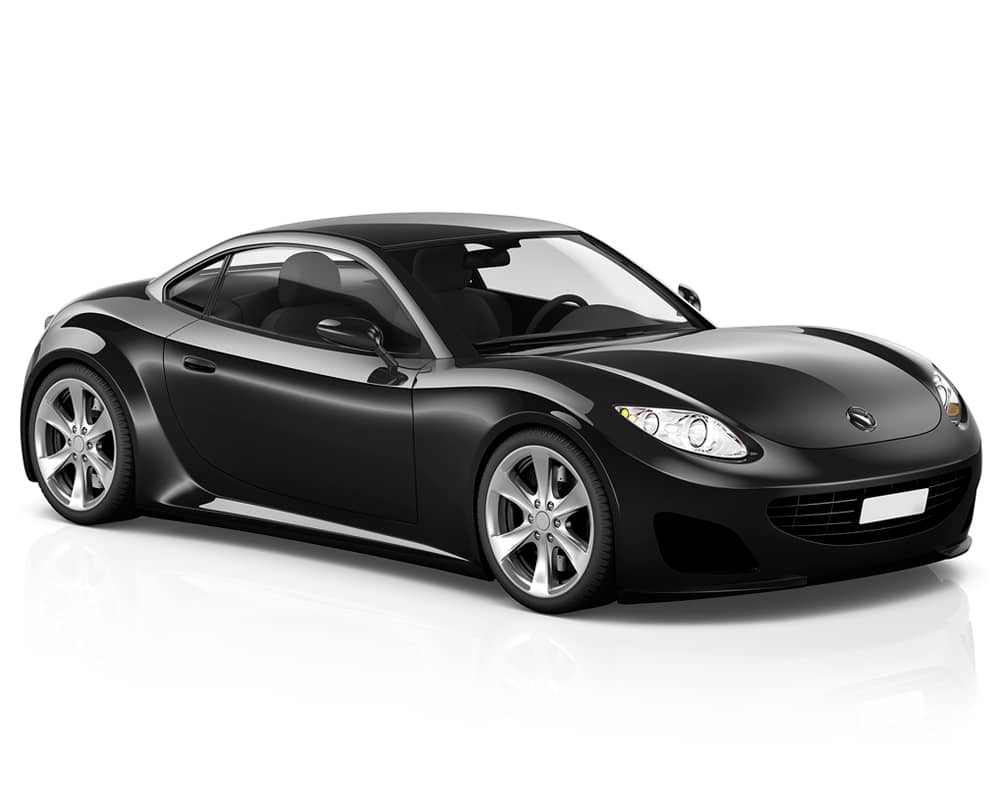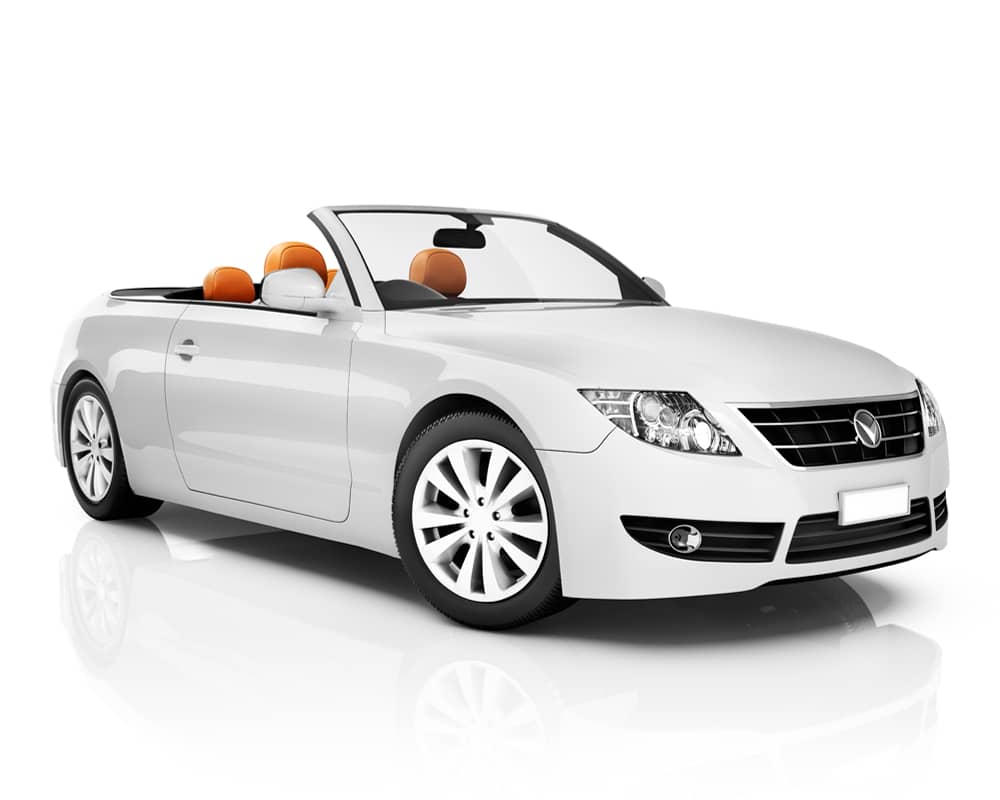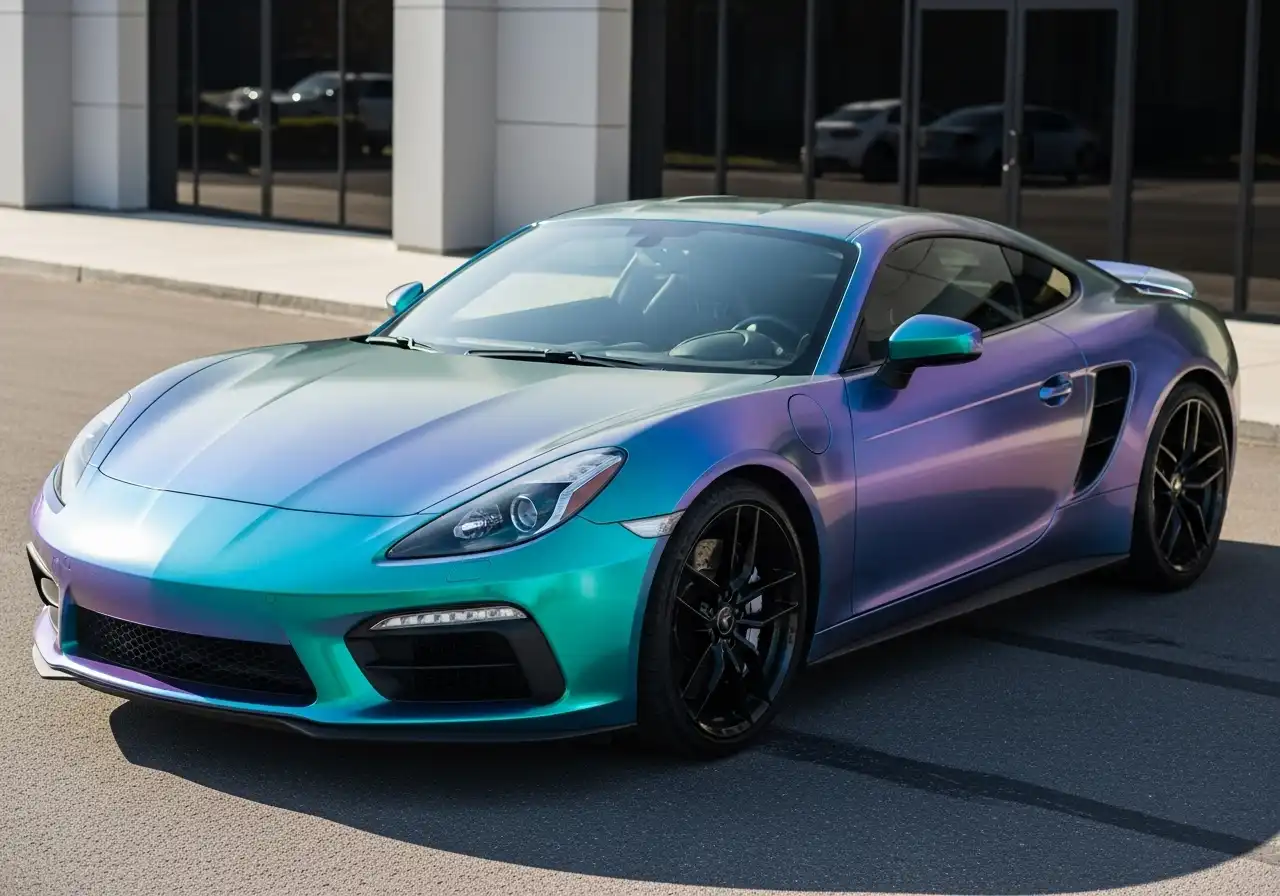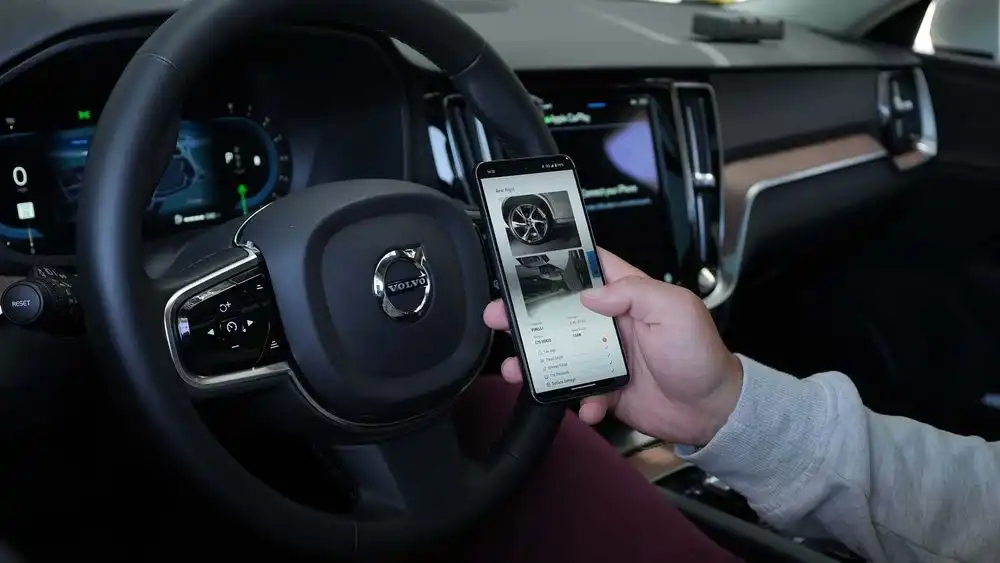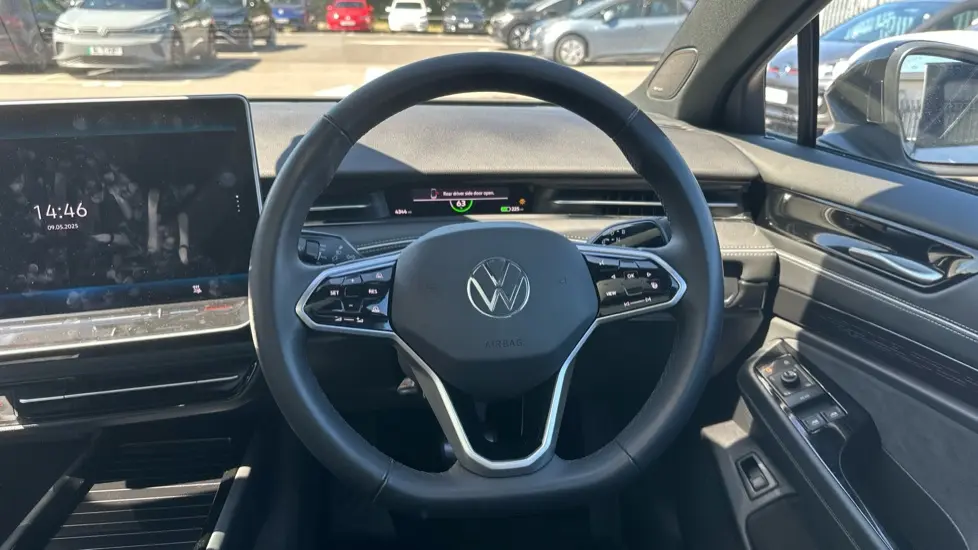The automotive industry has been experiencing a revolution over the past few decades. With advancements in technology, materials, and design, modern cars have evolved far beyond the traditional models of the past. But the journey doesn’t stop here—car design is constantly evolving, driven by a growing demand for innovation, sustainability, and enhanced performance. So, what’s next for car design? In this blog, we’ll take a closer look at the trends and breakthroughs that are shaping the future of vehicles, from self-driving technology to sustainable materials and futuristic features.
1. The Rise of Electric Vehicles (EVs)
One of the most significant shifts in car design is the widespread move toward electric vehicles (EVs). As environmental concerns grow and governments around the world push for cleaner, more sustainable transportation, electric cars are becoming increasingly mainstream. Leading car manufacturers are investing heavily in the development of EVs, which are set to transform the automotive landscape.
-
Why this matters:
Electric vehicles offer a cleaner, greener alternative to traditional gasoline-powered cars. With advancements in battery technology, EVs are becoming more affordable, have longer ranges, and feature quicker charging times. The future of car design will likely be dominated by electric powertrains, which will impact everything from vehicle shapes and sizes to how manufacturers design the interior and exterior of cars.
2. Autonomous Vehicles: The Road to Self-Driving Cars
Self-driving cars are no longer just a concept of the future—they’re rapidly becoming a reality. Car manufacturers, tech companies, and startups are pouring resources into autonomous vehicle technology, aiming to create cars that can navigate and drive themselves without human intervention. These vehicles rely on sensors, artificial intelligence, and sophisticated algorithms to understand their surroundings, make decisions, and safely drive.
-
Why this matters:
The rise of autonomous vehicles will fundamentally change car design. Vehicles will need to be designed with an emphasis on safety, sensors, and AI integration. Traditional car interiors will also evolve—without the need for a driver, the interior could be transformed into a lounge-like space with swivel seats, larger screens, and more interactive features. The future of car design will be heavily influenced by the needs of autonomous technology, leading to smarter and more adaptable vehicles.
3. Connected Cars: The Internet of Things (IoT) on Wheels
The future of car design isn’t just about electric motors and self-driving capabilities—it’s also about connectivity. As cars become increasingly integrated with technology, the concept of the “connected car” is becoming more prominent. Connected cars are vehicles that communicate with each other and with infrastructure, like traffic lights, parking systems, and even other cars on the road. They also sync with smartphones and home systems to provide real-time data on vehicle performance, traffic conditions, and more.
-
Why this matters:
The integration of IoT in vehicles will result in more intuitive, user-friendly designs. Drivers and passengers will be able to control aspects of the vehicle via apps, voice commands, and even AI-driven interfaces. From navigation to diagnostics, the car of the future will be seamlessly connected to both the digital and physical world, creating a fully interactive driving experience.
4. Sustainable Materials and Eco-Friendly Design
As the automotive industry embraces sustainability, car manufacturers are shifting towards using more eco-friendly materials in vehicle design. This includes lightweight materials like carbon fiber and aluminum, which improve fuel efficiency, as well as sustainable and recyclable materials in the car’s interior. Manufacturers are also focusing on reducing the environmental impact of the car manufacturing process itself, from energy-efficient factories to reducing carbon emissions in the production line.
-
Why this matters:
The future of car design will prioritize eco-consciousness. As consumers and governments demand more sustainable products, we can expect to see cars that are not only powered by cleaner energy sources but also built with materials that are both efficient and environmentally friendly. Cars may incorporate plant-based plastics, recycled fabrics, and even natural rubber in tires, all contributing to a greener future.
5. Advanced Safety Features and Driver Assistance Systems
While cars have always been designed with safety in mind, future vehicles will be equipped with even more advanced safety features, driven by innovations in technology. From adaptive cruise control to automatic emergency braking and lane-keeping assistance, car safety systems are becoming more sophisticated. But the future goes beyond simply adding more sensors and cameras; we’re looking at systems that actively prevent accidents by predicting potential hazards and making adjustments in real-time.
-
Why this matters:
The future of car design will integrate even smarter safety systems. By incorporating AI and machine learning, cars will be able to detect potential collisions, react to dangerous driving conditions, and even learn from past incidents to improve safety over time. As autonomous vehicles become more common, these systems will evolve into critical components of how cars function, ensuring maximum safety for passengers and pedestrians alike.
6. Personalization and Customization in Vehicle Design
The future of cars is not just about better performance and safety—it’s about providing consumers with more ways to personalize their vehicles. Technology is allowing drivers to customize their vehicles’ features, both inside and out, to match their individual preferences. Whether it’s adjusting interior lighting, selecting the perfect seat position, or even choosing the car’s driving mode, the vehicle of the future will be more attuned to personal preferences.
-
Why this matters:
Customization in cars will go beyond cosmetic features. Expect more options for adjusting driving experiences—shifting from eco-friendly driving modes to performance-oriented settings with a simple tap of a button. As car manufacturers offer more advanced features and tech integrations, consumers will be able to tailor their driving experiences to their needs, resulting in a more individualized, dynamic driving environment.
7. Augmented Reality Dashboards and In-Car Entertainment
The design of car interiors will evolve to include cutting-edge technologies that enhance the driving experience. One such innovation is augmented reality (AR), which will play a significant role in the future of car dashboards. Instead of traditional displays, AR dashboards will project key information directly onto the windshield, such as navigation, speed, and hazard warnings, all within the driver’s line of sight.
-
Why this matters:
This technology not only enhances safety by reducing distractions but also improves the overall driving experience. In addition to AR, in-car entertainment systems will evolve, allowing passengers to engage in a wide range of activities while on the road, from streaming movies to playing interactive games or accessing virtual workspaces. The future car will be a fully integrated mobile experience.
8. Flying Cars and Vertical Mobility
While it might sound like science fiction, the concept of flying cars or vertical takeoff and landing (VTOL) vehicles is quickly becoming a reality. Leading aerospace and automotive companies are exploring how to create cars that can lift off the ground and travel through the air. These vehicles could help alleviate traffic congestion, especially in urban areas, by making use of airspace for commuting.
-
Why this matters:
Flying cars are not just a concept for the distant future. In the next few decades, urban mobility could look vastly different, with cars that can fly and avoid traditional roads altogether. This breakthrough in design and technology could completely redefine how we think about transportation, reducing travel times and providing solutions to crowded city streets.
Conclusion: The Road Ahead for Car Design
The future of car design is a thrilling blend of technology, innovation, and sustainability. As electric powertrains, autonomous driving, connectivity, and advanced safety features continue to reshape the industry, we are on the verge of a new era of vehicles that are not just more efficient but more intelligent, sustainable, and adaptable to our needs. Whether it’s through personalized driving experiences, smarter safety systems, or the possibility of flying cars, the road ahead for car design is filled with exciting possibilities.
As these innovations continue to develop, one thing is clear: the cars of tomorrow will not just be about getting from point A to point B—they will offer an entirely new, immersive driving experience. So, fasten your seatbelt—the future of car design is closer than you think!
